Programming Assignment: AI Algorithms (A*, Hill Climbing, RBFS)
VerifiedAdded on 2022/08/24
|20
|2590
|22
Homework Assignment
AI Summary
This assignment provides a detailed exploration of three core search algorithms in Artificial Intelligence: A*, Hill Climbing, and Recursive Best-First Search (RBFS). The solution begins with pseudo-code implementations of each algorithm, outlining their functionalities, including the initial state, goal state, successor functions, edge costs, and heuristic functions. The A* algorithm utilizes a combination of g(n) and h(n) to find the optimal path. The Hill Climbing algorithm, a heuristic search method, is explained with its pseudo-code and state space analysis, including local maxima, global maxima, and flat local maxima. The RBFS algorithm is also presented with its pseudo-code, along with an example demonstrating the relationship between search time and available memory. The assignment further includes Java source code implementations for the Hill Climbing algorithm applied to the Traveling Salesman Problem (TSP) and the RBFS algorithm. The code includes methods for generating distance matrices, swapping tour elements, and finding the best tour. Finally, the solution provides a comparison of the three algorithms, discussing their strengths, weaknesses, and suitability for different problem scenarios, highlighting the time and space trade-offs involved.
1 out of 20


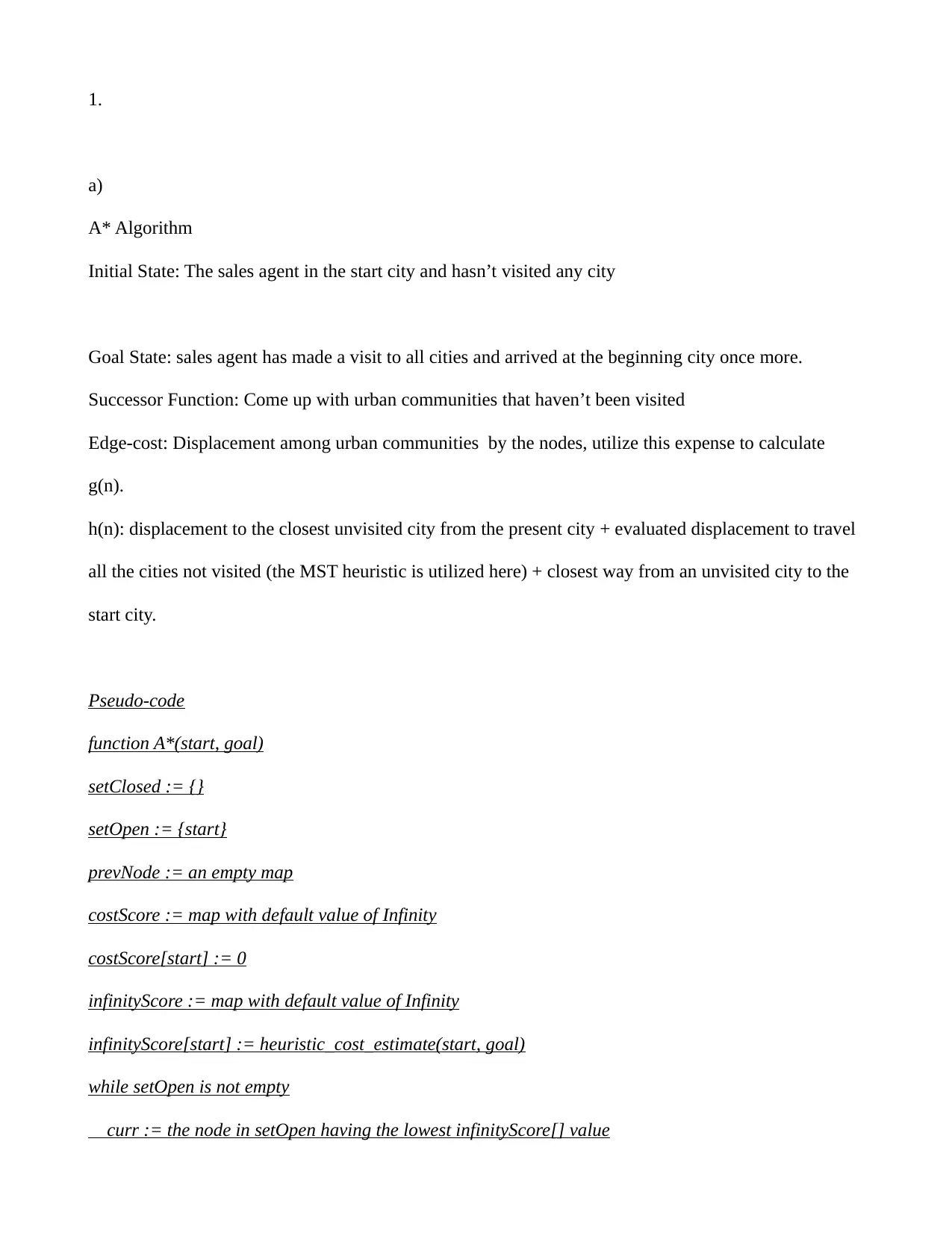

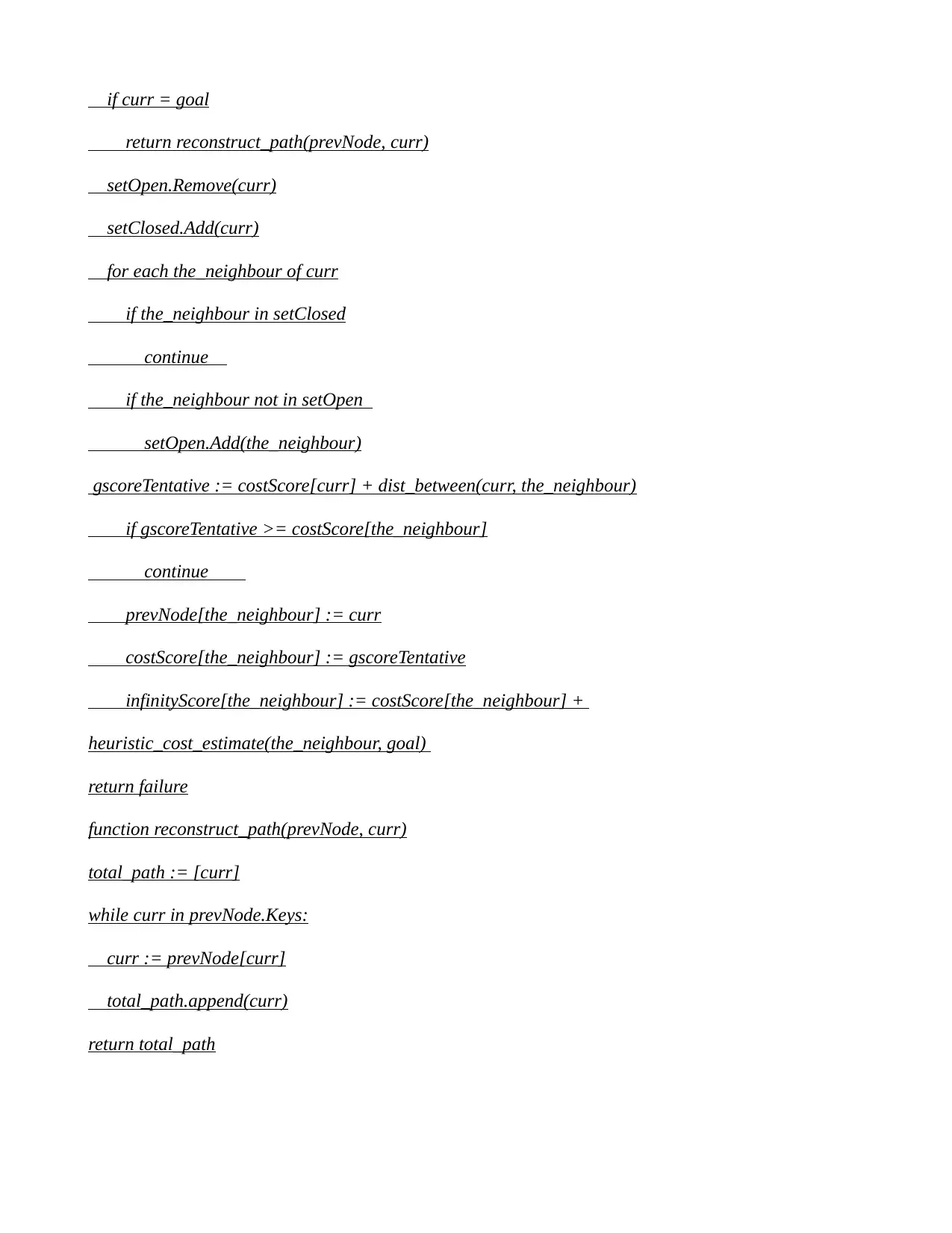
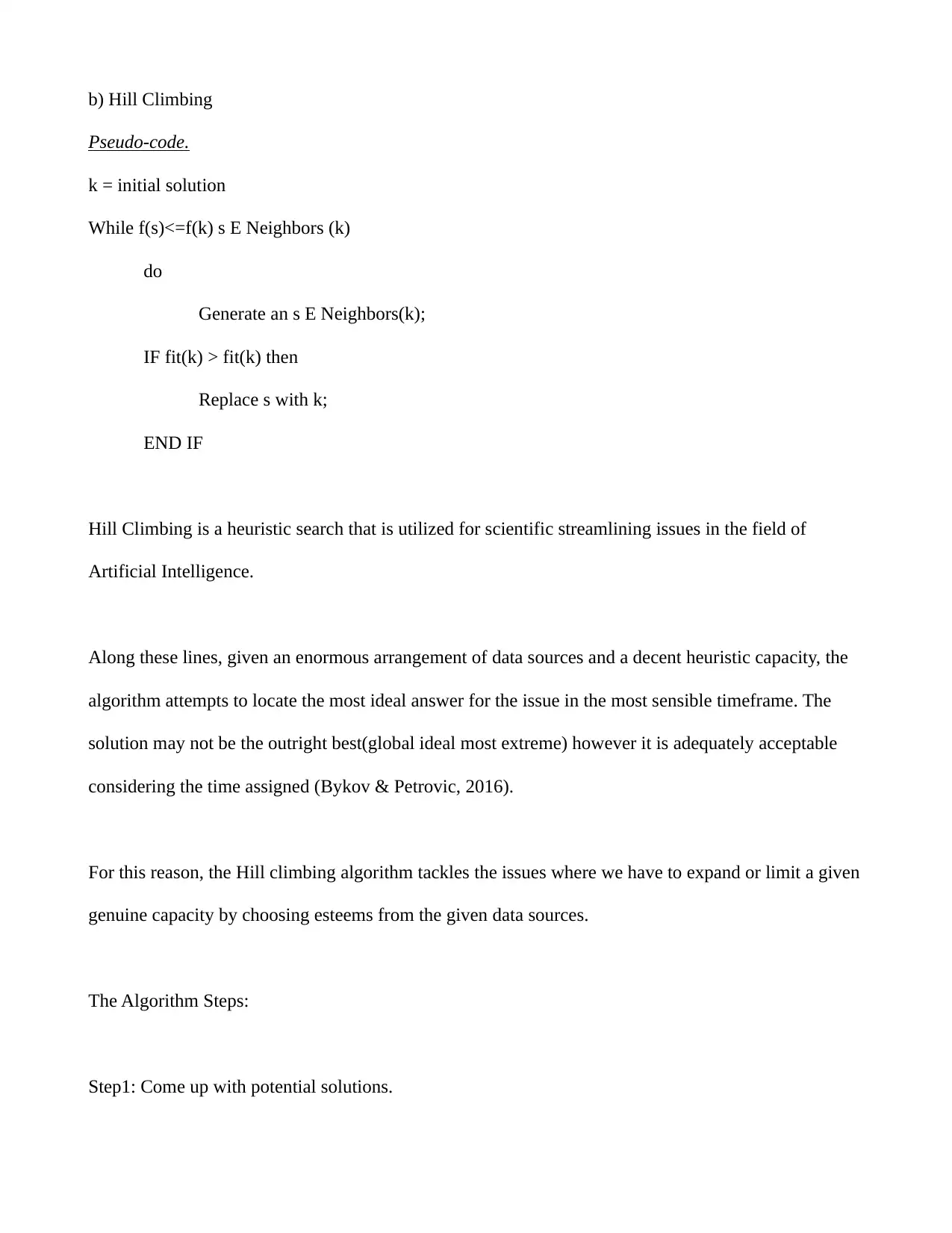
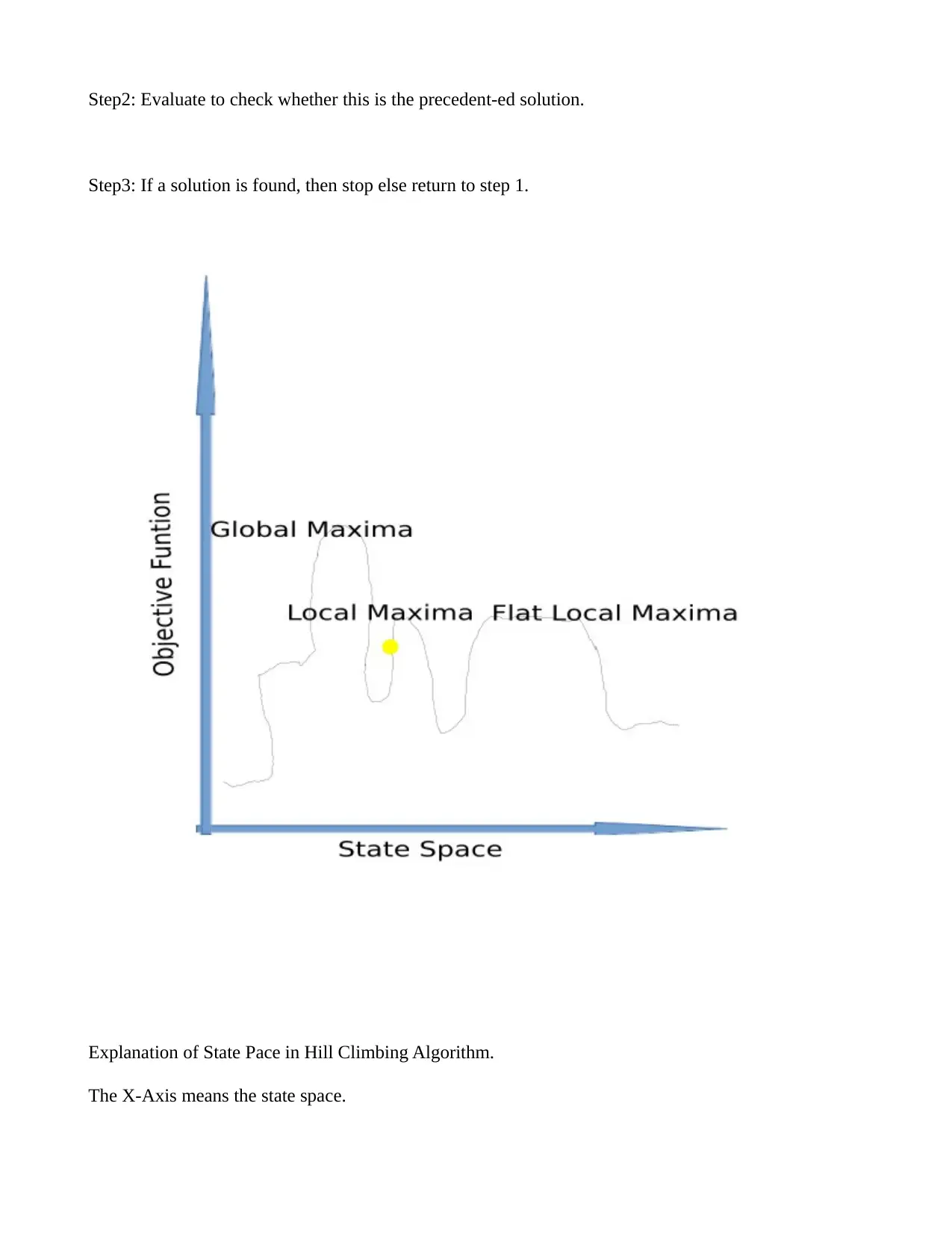
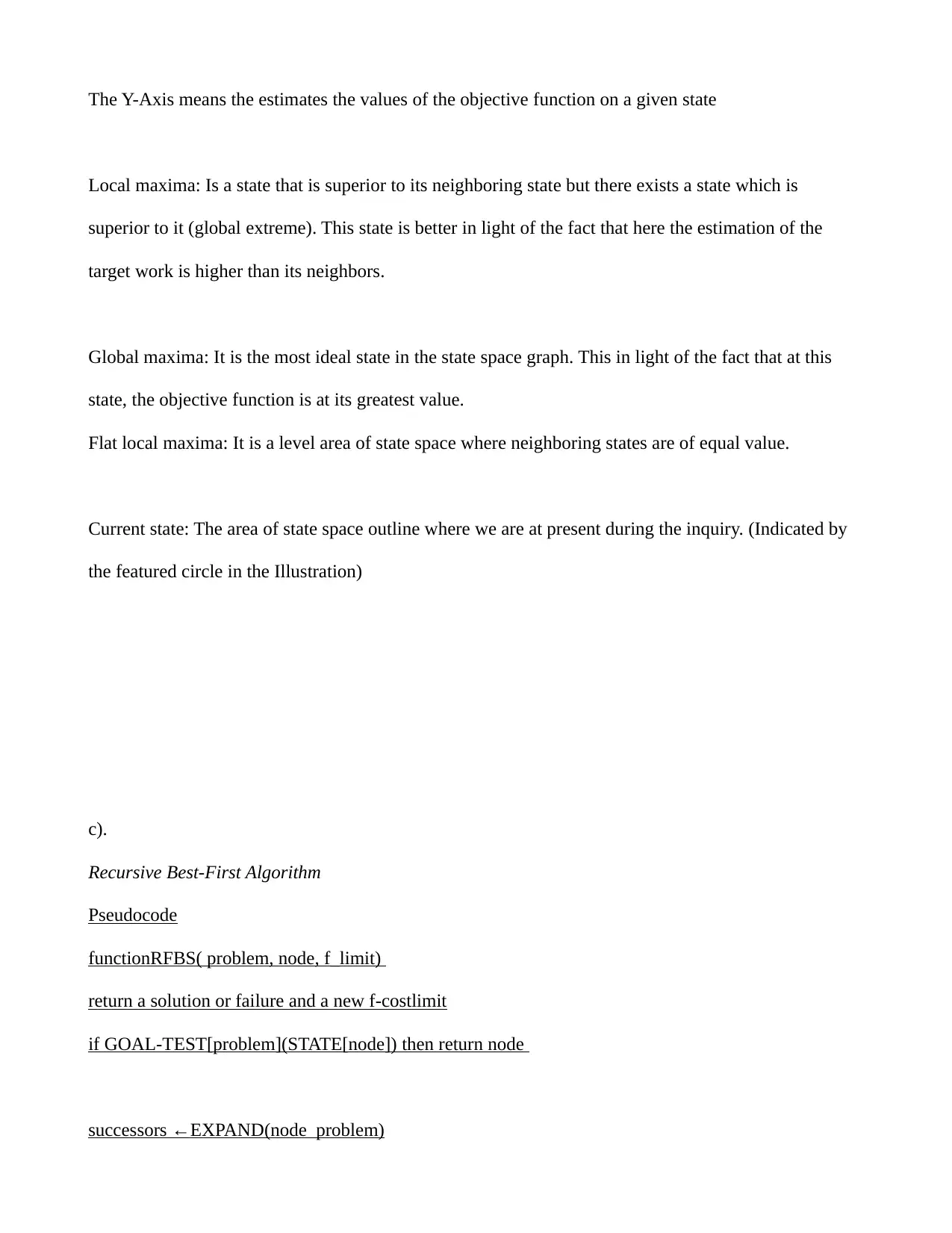
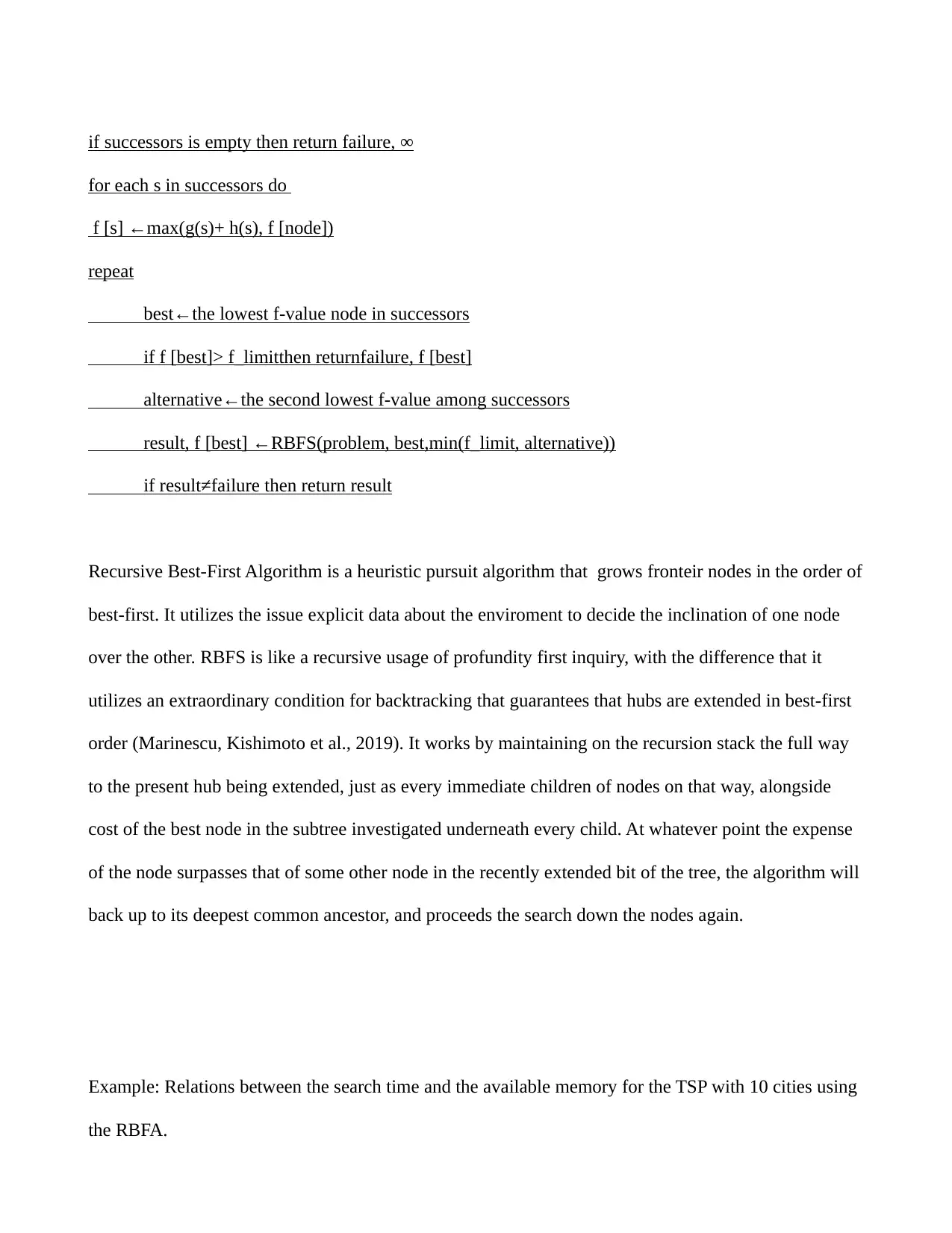
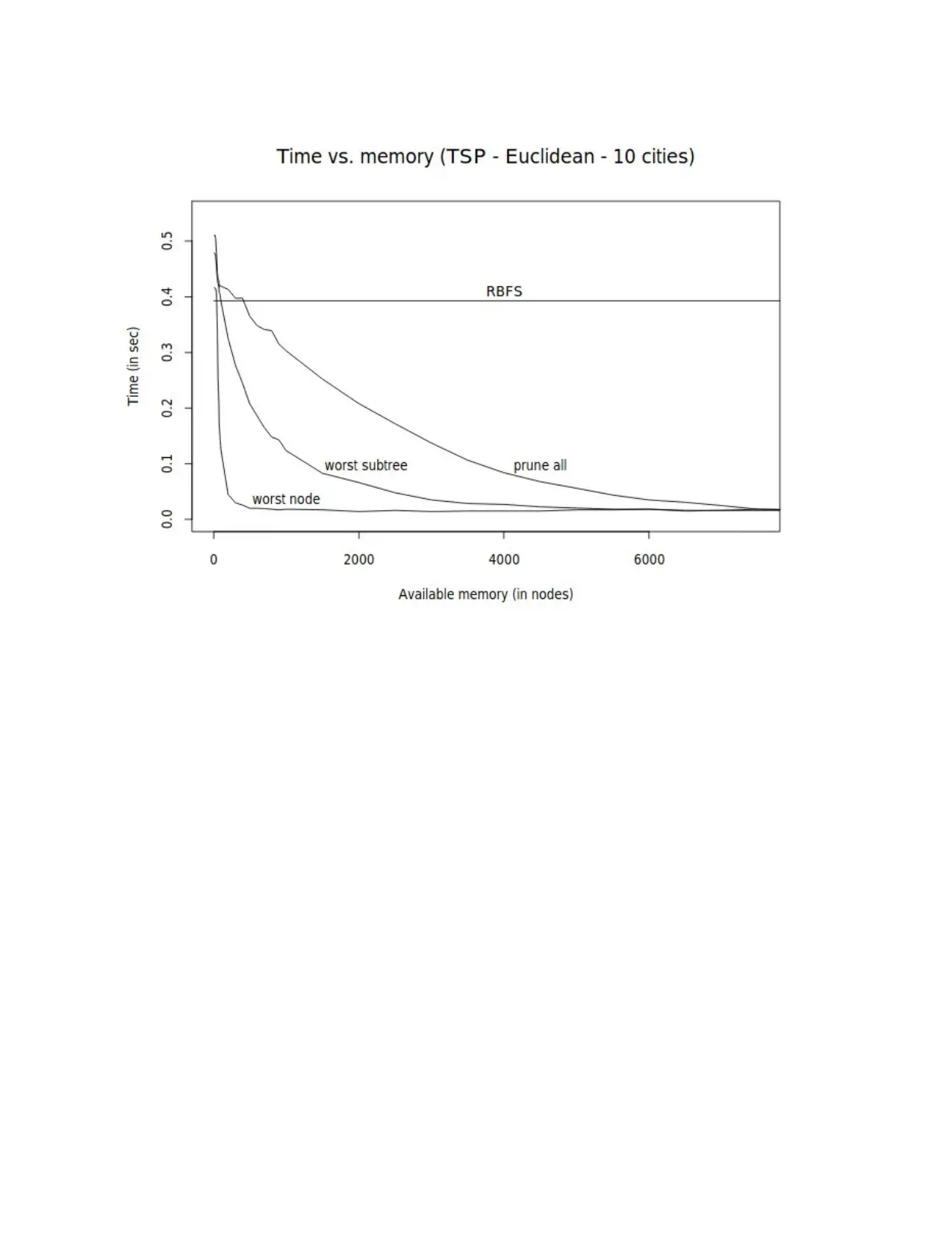
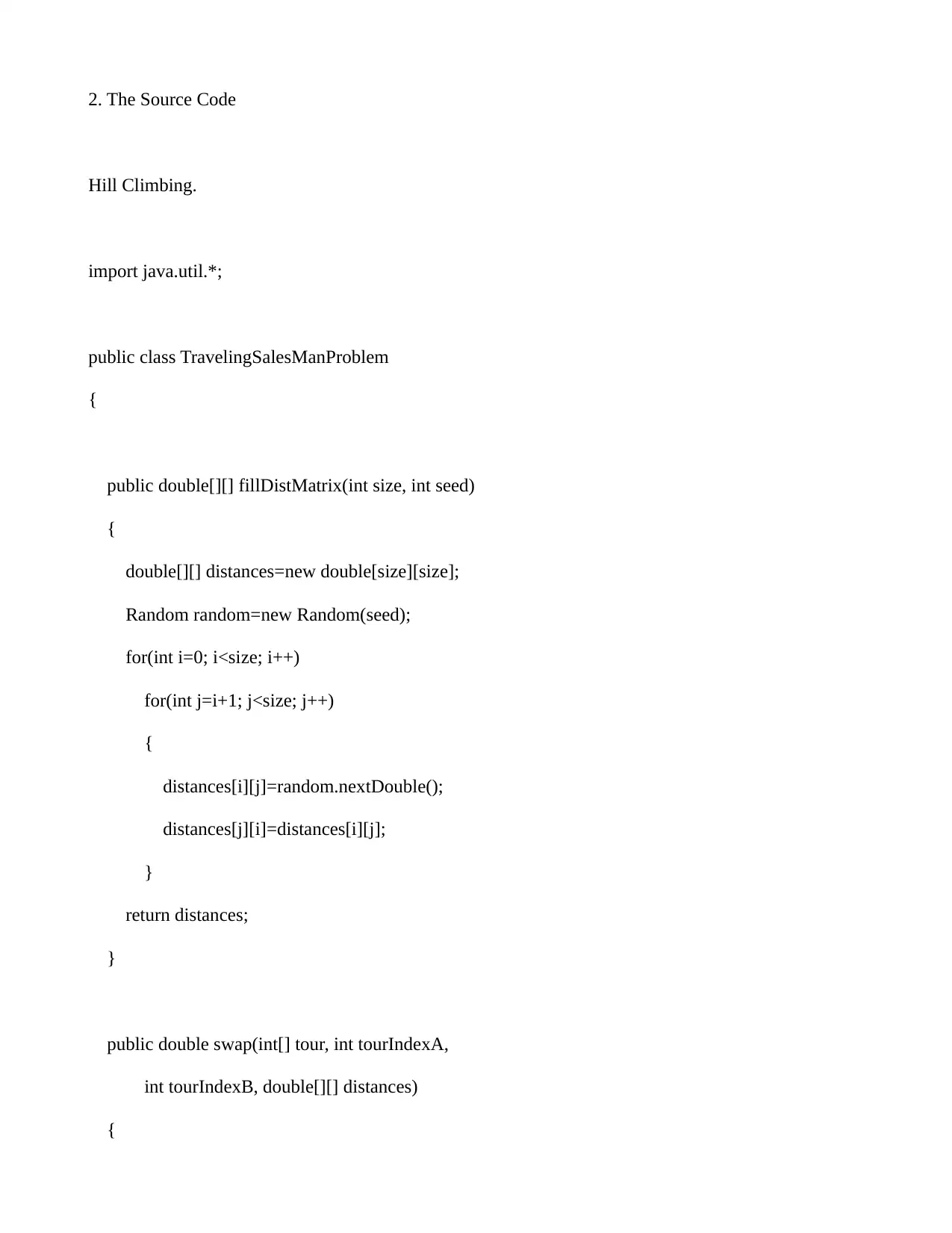
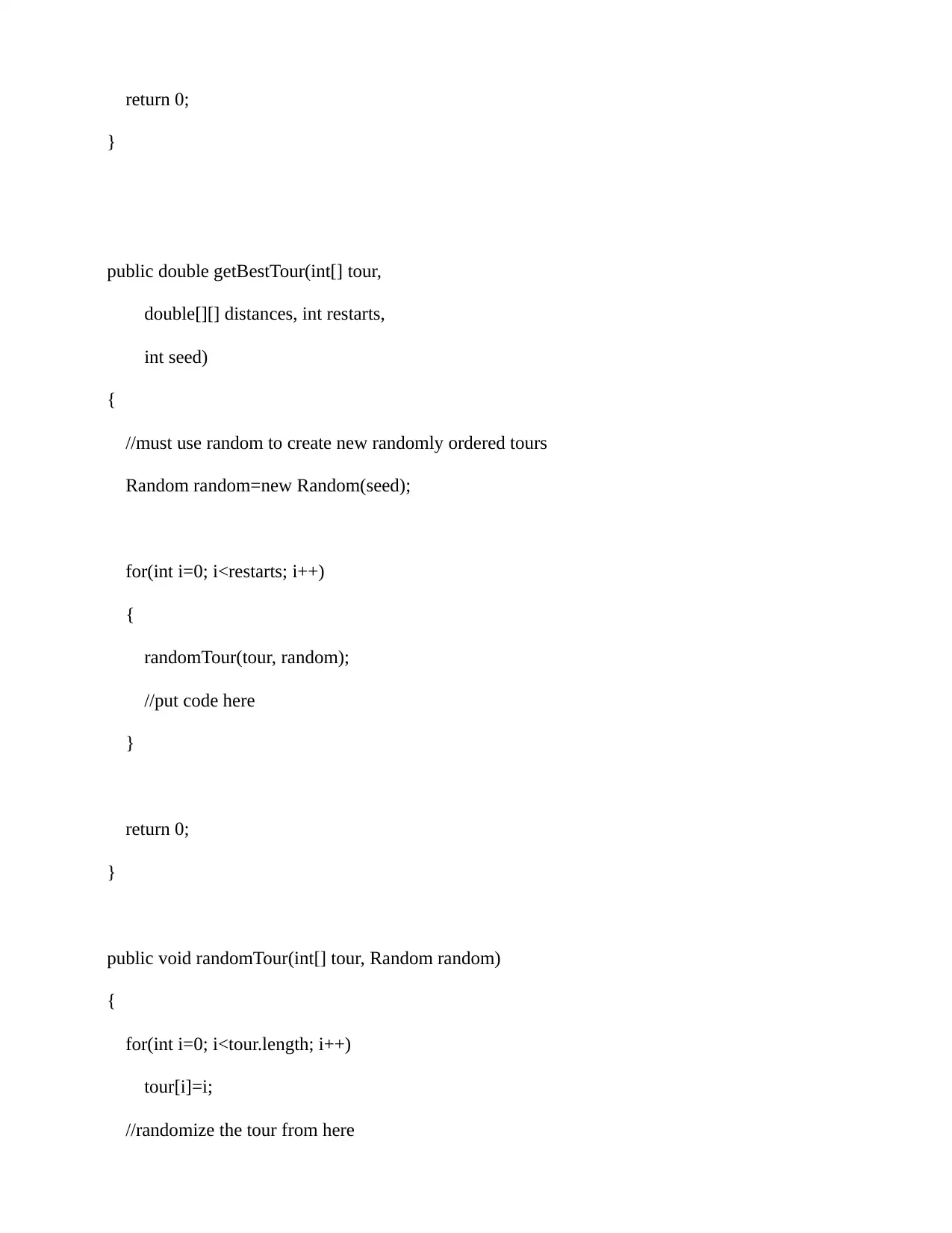
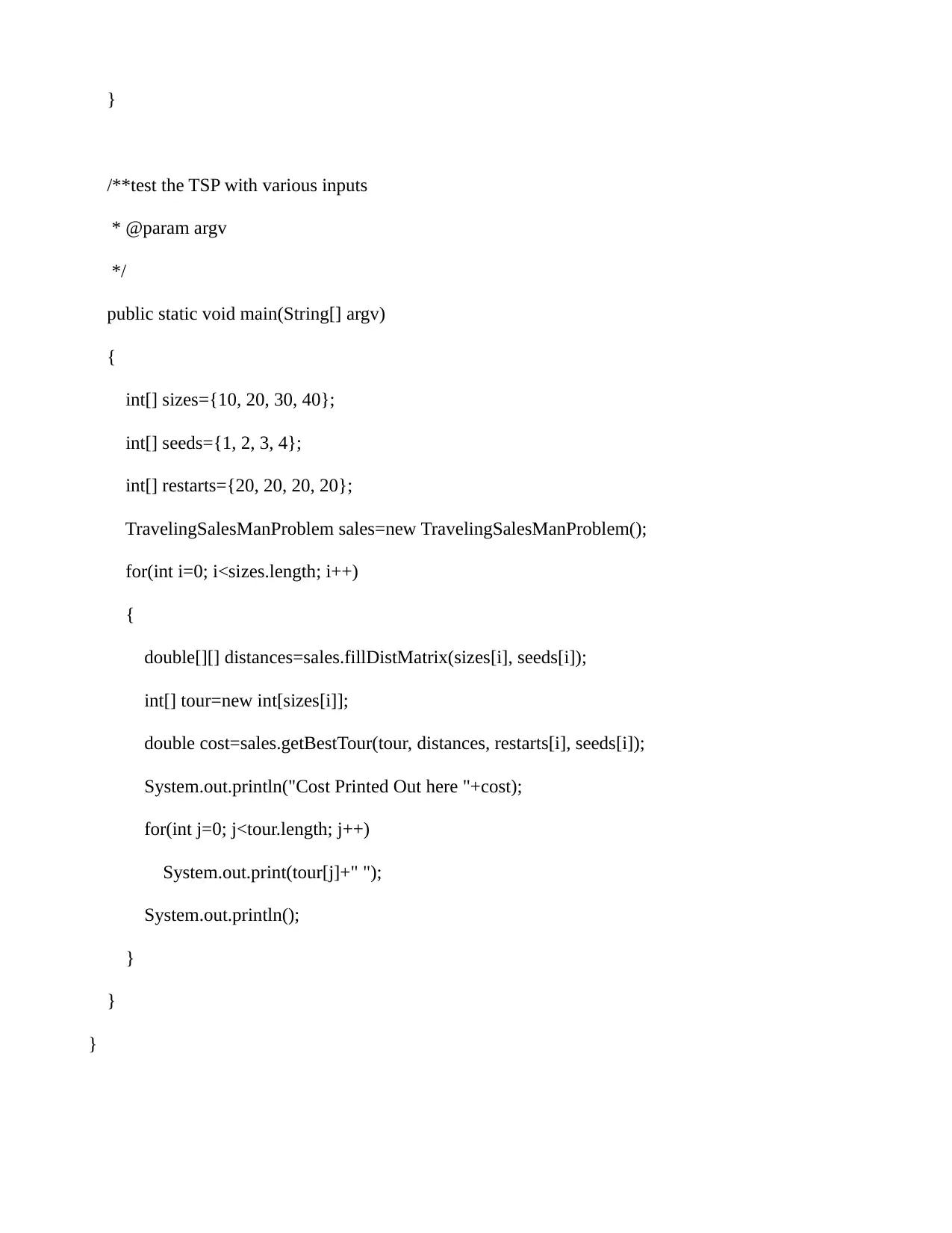
![[object Object]](/_next/static/media/star-bottom.7253800d.svg)